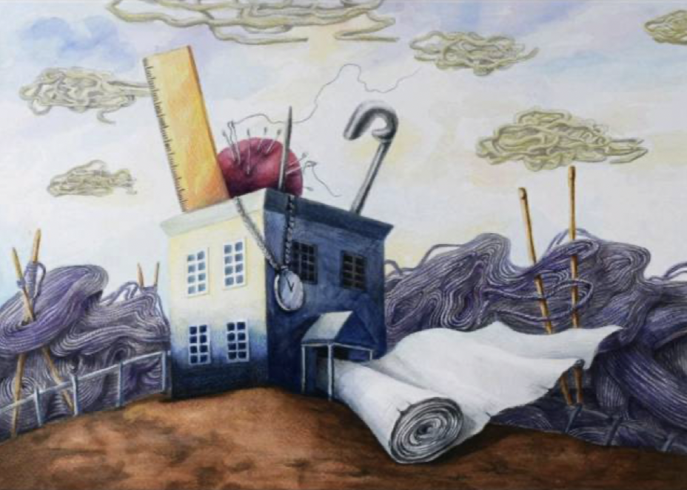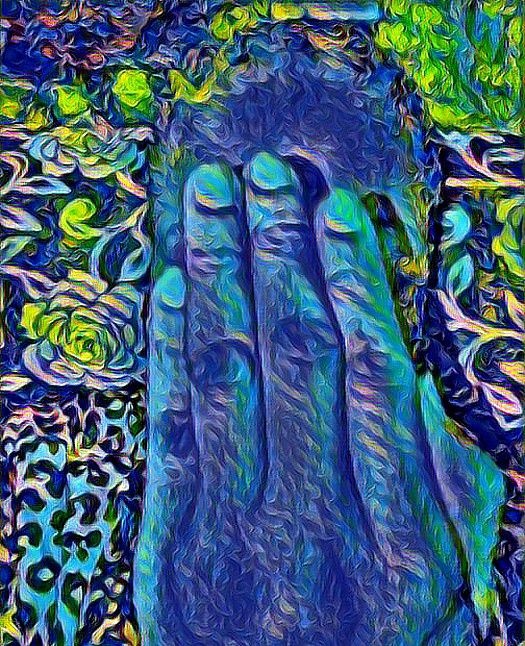
Influenced by David Bowie, Virginia Woolf and Sally Wainwright, Elinora Westfall is an Australian/British lesbian actress and writer of stage, screen, fiction, poetry and radio from the UK.
Her novel, Everland has been selected for the Penguin and Random House WriteNow 2021 Editorial Programme, and her short films have been selected by Pinewood Studios & Lift-Off Sessions, Cannes Film Festival, Raindance Film Festival, Camden Fringe Festival and Edinburgh Fringe Festival, while her theatre shows have been performed in London’s West End and on Broadway, where she won the award for Best Monologue.
Elinora is also working on The Art of Almost, a lesbian comedy-drama radio series as well as writing a television drama series and the sequel to her novel, Everland.

